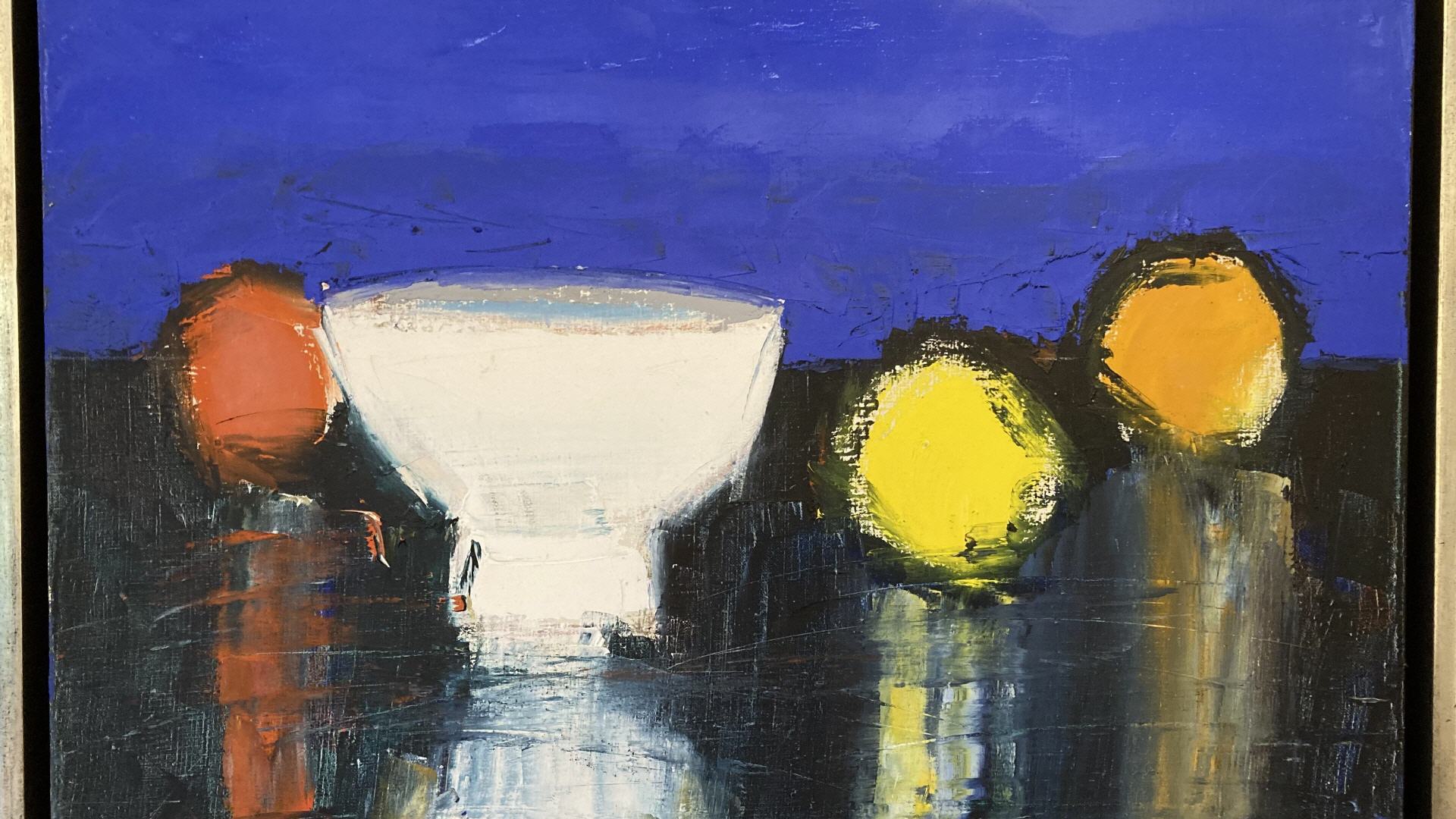Sergei Laushkin
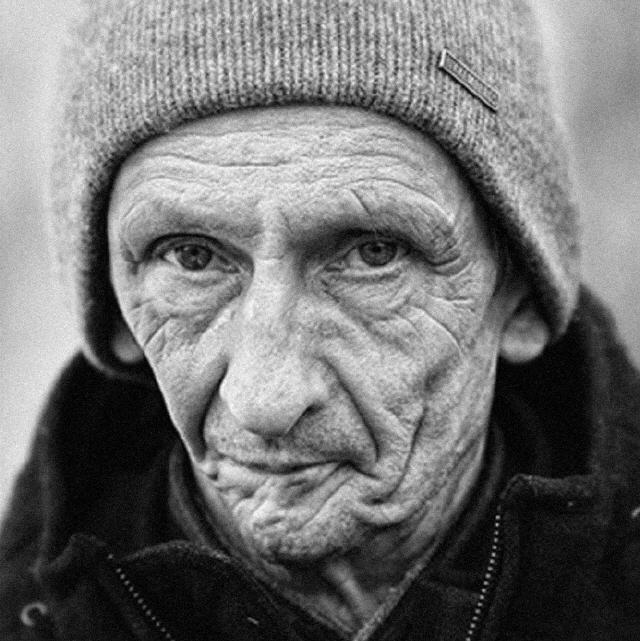
Born in 1953 in the village Preobrazhenka Orenburg region. In 1973 he graduated from art school Cheboksary. Since 1995 - an active participant of exhibitions in Russia and abroad. The works exhibited in the capital's museums and galleries, are stored in a prestigious private collections, including the collection of Her Majesty the Queen of Jordan. Sergei Laushkin groups his works in "rows". That's how he calls the cycles of works based solely on artistic discovery. His creative discoveries come from the world around him and include the Orenburg steppes, the ability to see the world from his own angle, particularly when it comes to the perception of colours. Thirty-two spatial solutions, a two-colour palette, a perceptual perspective, step rhythms and internal connections are among the discoveries which marked the beginning of Sergei Laushkin's purposeful experiments in art. Discovering the patterns in individual phenomena, he transfers them to the whole world, includes them in the sphere of human sensations and feelings. For example, the series called "The Myth of the Steps Zone" appeared when the artist saw the manifestation of step rhythms in human life: the structure of the body, architecture and cities. He began his research with sculpture, and in 2015 he manifested his discovery in art; one can trace his search in motion. The artist came from smooth shapes to the direct step rhythm and stylized images, where, nevertheless, the human figure can easily be seen. "Internal relations" began with a series of still-life-landscape-portraits, where, at first, bottles, and then abstract images of steps play the most important role. They are connected by shadows: they intersect, overlap, collide, in other words, interact to show the emotional, hidden, internal connections. Despite the conventionality of the graphical, expressive images it is quite easy to recognize human figures, which cast shadows and in doing so, become related. Over time, Sergei Laushkin's discoveries began to manifest themselves not only in painting, but also as art objects in the urban environment. In public art the artist finds the absence of the superfluous, external laconism with original, witty and deep content particularly important. For Laushkin, the city is another human shell, and a man builds a city as a continuation of himself. He responds to the city and creates objects which don't entertain, but meet the city's need. At the same time, the artist remains in the domain of art, without transitioning into social or, even more so, political sphere.

Sergei Laushkin - Was bringt die Zukunft?
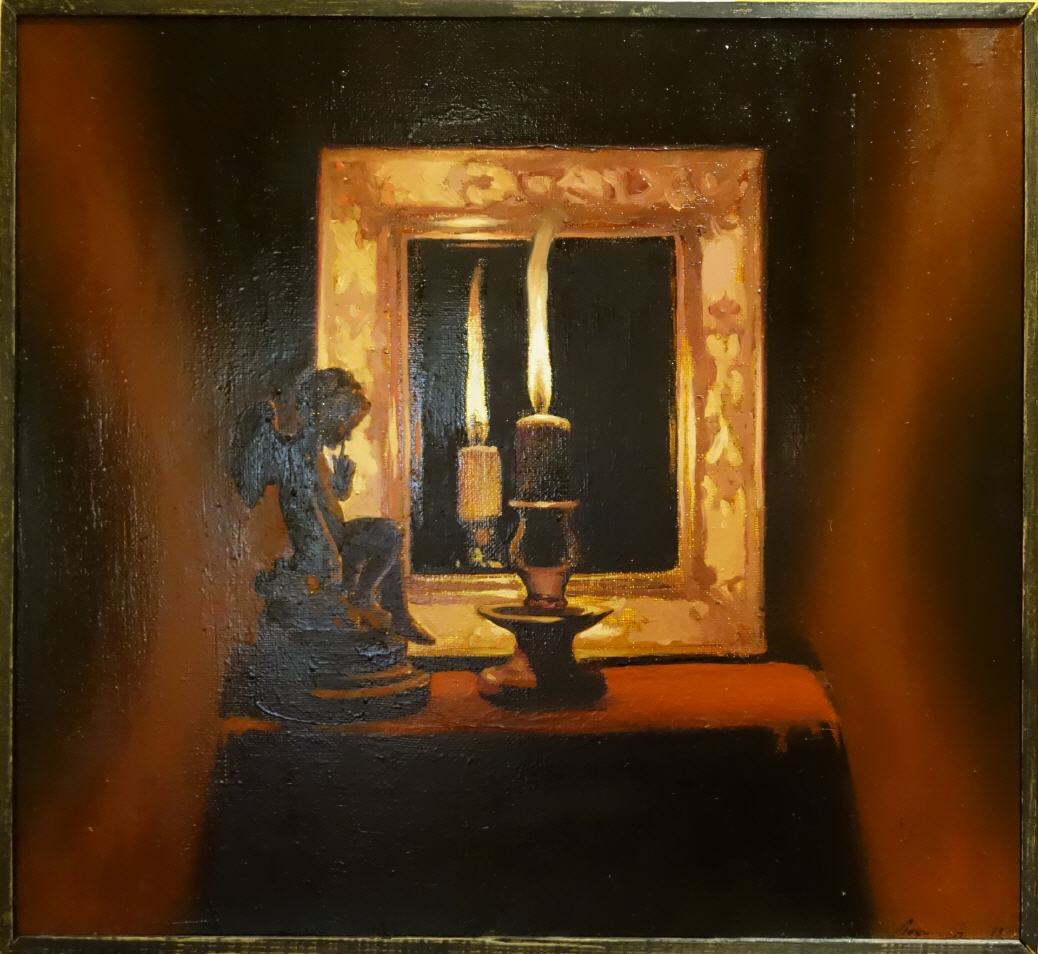
WAS BRINGT DIE ZUKUNFT
NAME DES KÜNSTLERS: Sergei Laushkin
HERKUNFT: Preobrazhenka, Orenburg (Yekaterinburg)
JAHRGANG: 1953
TITEL DES BILDES: Was bringt die Zukunft?
ÖL AUF LEINWAND sehr einfach gerahmt
SIGNATUR: Rechts unten und hinten
GRÖSSE: 60 X 55 cm
JAHR: 1999
AUSSTELLUNG: Herrsching
VERKAUFSPREIS: € 4.500,-
Sergei Laushkin - An der Ecke
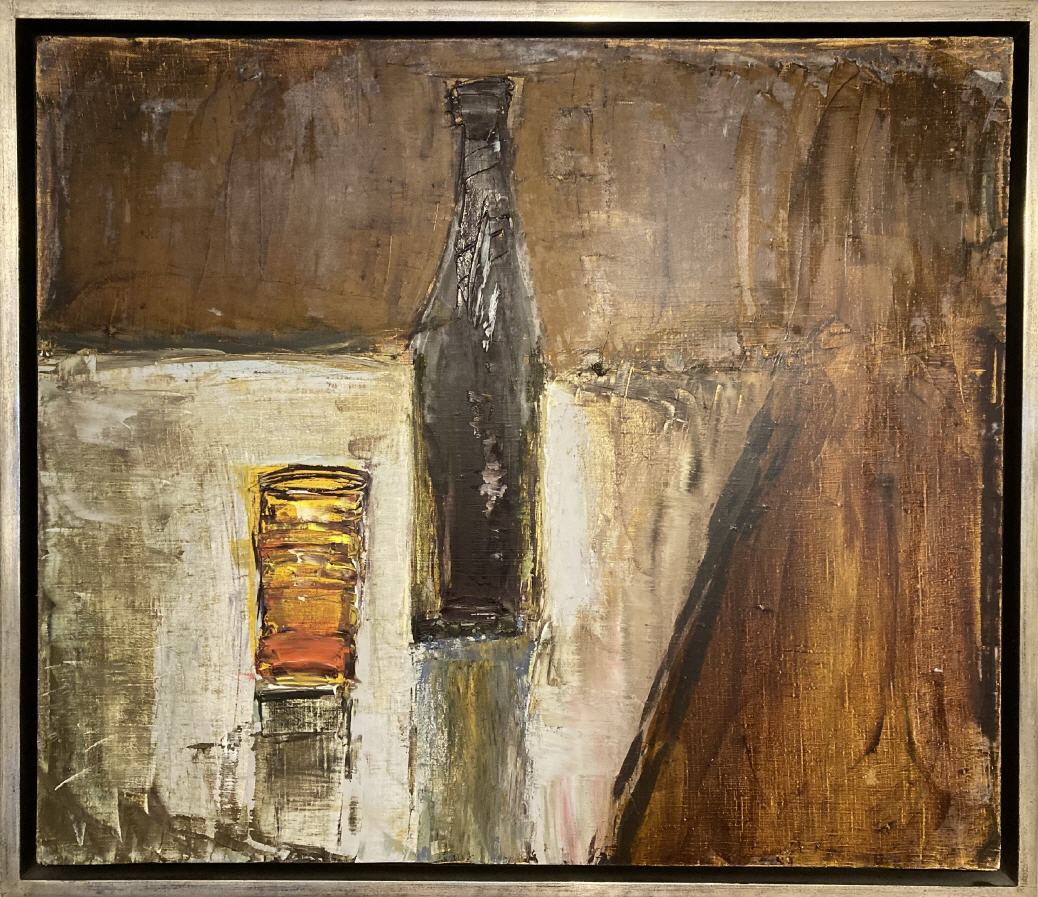
AN DER ECKE
NAME DES KÜNSTLERS: Sergei Laushkin
HERKUNFT: Preobrazhenka, Orenburg (Yekaterinburg)
JAHRGANG: 1953
TITEL DES BILDES: An der Ecke
ÖL AUF LEINWAND gerahmt
SIGNATUR: Rückseite
GRÖSSE: 72 X 62 cm
JAHR: 1999
AUSSTELLUNG: München
VERKAUFSPREIS: € 4.700,-
Sergei Laushkin - Piala
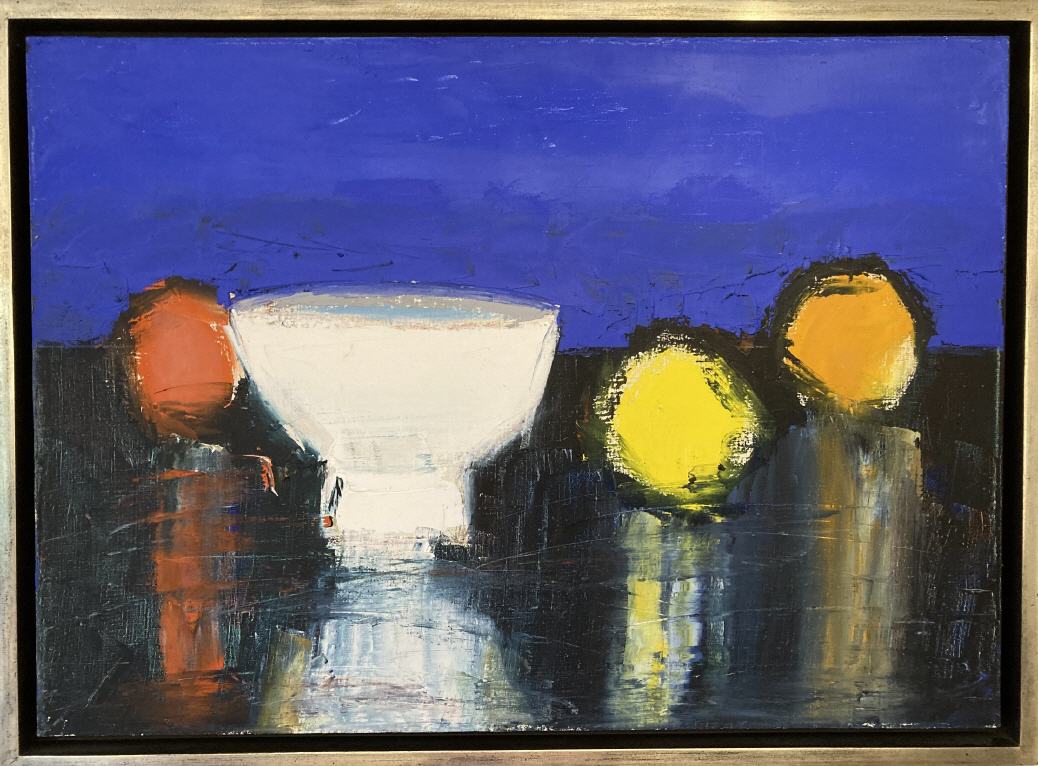
Piala
NAME DES KÜNSTLERS: Sergei Laushkin
HERKUNFT: Preobrazhenka, Orenburg (Yekaterinburg)
JAHRGANG: 1953
TITEL DES BILDES: Piala (Keramikschale)
ÖL AUF LEINWAND gerahmt
SIGNATUR: Rückseite
GRÖSSE: 50 X 70 cm
JAHR: 1999
AUSSTELLUNG: München
VERKAUFSPREIS: € 4.700,-

